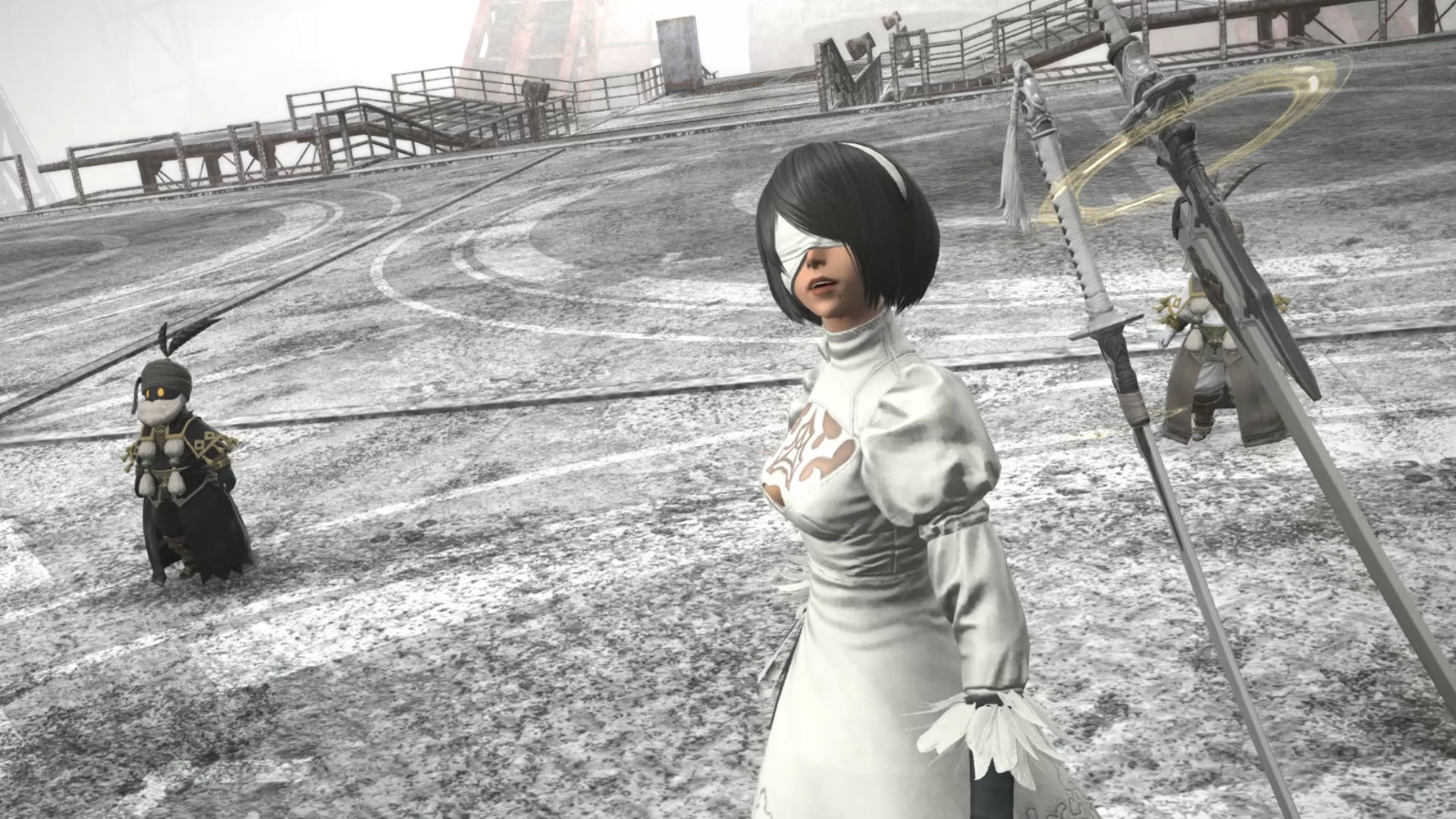
Although startled, the emperor continues the procession, walking more proudly than ever.Īndersen's tale is based on a 1335 story from the Libro de los ejemplos (or El Conde Lucanor), a medieval Spanish collection of fifty-one cautionary tales with various sources such as Aesop and other classical writers and Persian folktales, by Juan Manuel, Prince of Villena (1282–1348). The people then realize that everyone has been fooled. The townsfolk uncomfortably go along with the pretense, not wanting to appear inept or stupid, until a child blurts out that the emperor is wearing nothing at all. They mime dressing him and he sets off in a procession before the whole city. Finally, the weavers report that the emperor's suit is finished. Each sees that the looms are empty but pretends otherwise to avoid being thought a fool. A succession of officials, and then the emperor himself, visit them to check their progress. TheĮmperor hires them, and they set up looms and go to work. Posing as weavers, they offer to supply him with magnificent clothes that are invisible to those who are stupid or incompetent. Two swindlers arrive at the capital city of an emperor who spends lavishly on clothing at the expense of state matters. The tale has been adapted to various media, and the story's title, the phrase "the Emperor has no clothes", and variations thereof have been adopted for use in numerous other works and as an idiom.

Reitzel, on 7 April 1837, as the third and final installment of Andersen's Fairy Tales Told for Children.

"The Emperor's New Clothes" was first published with " The Little Mermaid" in Copenhagen, by C. The tale has been translated into over 100 languages. " The Emperor's New Clothes" ( Danish: Kejserens nye klæder ) is a literary folktale written by Danish author Hans Christian Andersen, about a vain emperor who gets exposed before his subjects. Illustration by Vilhelm Pedersen, Andersen's first illustratorįairy Tales Told for Children.


 0 kommentar(er)
0 kommentar(er)
